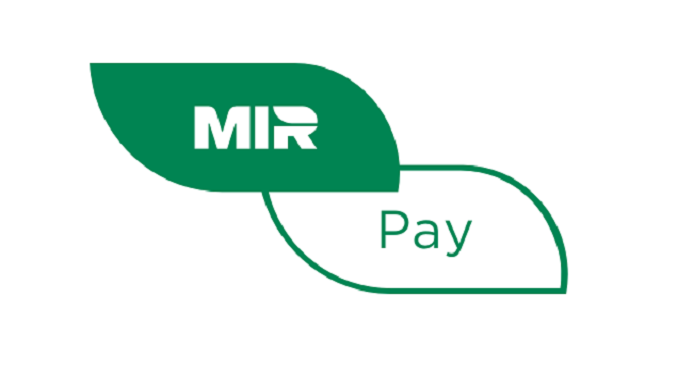Beginning in 2004, the U.S. government started making efforts to aid in the growth of Afghanistan’s extractives sector, a new report reveals.
The United States had spent about $962.6 million as of September 30, 2021, to pay for mineral surveys, exploration, regulatory reforms, and capacity building.
In order to support Afghanistan’s extractive industry, the US Department of Defense and the US Agency for International Development (USAID) implemented a number of programs. SIGAR published reports in 2015, 2016 and 2018 highlighting shortcomings in the coordination, execution, and results of these programs.
However, in 2018, USAID launched two new programs—the $18.2 million Extractives Technical Assistance (ETA) program and the $19.9 million MultiDimensional Economic and Legal Reform Assistance (MELRA) program—to continue developing Afghanistan’s extractives business.
The goals of this audit were to ascertain whether USAID, the U.S. Department of the Interior’s U.S. Geological Survey (USGS), and the U.S. Department of Commerce’s Commercial Law Development Program (CLDP) carried out necessary oversight of their extractives industry efforts in Afghanistan; and whether the ETA and the MELRA programs achieved their objectives and dealt with previous difficulties in developing capacity in Afghanistan’s extractives industry from January 2018 through December 2018.
Prior to the demise of the previous Afghan government in August 2021, SIGAR made this audit public in July 2021. Due to the collapse, USAID canceled its MELRA arrangement with CLDP; nevertheless, USGS was given permission to finish any reports relating to the ETA program. The findings of this study are important for comprehending the ongoing difficulties faced by Afghanistan’s extractives sector and the reasons why American efforts to exploit Afghanistan’s mineral resources have not yielded significant economic gains.



